MAI QUYEN (According to Reuters)
Australia is poised to join the race to attract global talent by changing its immigration policy for the first time in a decade, a move that could leave wealthy Chinese waiting for Australian investment visas in a dilemma.
Chinese migrants march to protest Australia's policy change on the investor visa program. Photo: Reuters
In 2018, Chinese businessman Paul Wang invested $680,000 in a food processing facility in Australia as part of his bid to become a permanent resident under the Australian government’s investor visa program. But five years after migrating to Australia, the application process for him and his family has been delayed. Wang is just one of many Chinese people waiting to be granted permanent residency in Australia under the Business Innovation and Investment Program (BIIP). That opportunity is now fading as the controversial “golden visa” scheme is at risk of being scrapped as Prime Minister Anthony Albanese’s government prepares to overhaul the immigration system.
In 2012, the Australian Government introduced the BIIP program to attract capital from foreign business owners, investors and entrepreneurs. There are currently more than 3,000 BIIP holders waiting for their applications to be processed, most of them from China. Contrary to expectations that the golden visa program would boost the economy and innovation, an Australian Government review released in March found that on average, BIIP migrants contribute less to the economy than Australians. Specifically, the review estimated the lifetime economic contribution of BIIP holders at only about $412,000, much lower than the $1.6 million of Australians. Part of the reason may be that although wealthy, this group is older and earns less income through passive investments.
Focus on attracting talent
During the COVID-19 pandemic, the Australian Government delayed processing all visa applications. After stabilizing, Labor, which returned to power 13 months ago, began to highlight the need to update the immigration system. The aim is to attract highly skilled migrants to address the skills shortage to compete in the global race for the next generation of technology. Most of the BIIP permanent visas have been hit hard by the move, with applications now taking nearly three years to process, up from the previous average of around 12 months.
When asked about the visa delays, the Australian Department of Home Affairs declined to comment on BIIP holders’ complaints, instead saying the government would process all eligible visas based on planning and prioritization. It added that a new migration strategy would be released later this year, which would include a radical reshaping of the BIIP program. Canberra has previously said it plans to reduce the BIIP allocation from 5,000 visas last financial year to 1,900 this year.
However, Tony Le Nevez, CEO of residence and citizenship planning firm Henley & Partners Australia, said the recent delays had raised concerns that the government might scrap the BIIP. Similar investor visa programs in Canada, the UK and Singapore have been scrapped by governments that believe they do not create jobs and could be used for money laundering or speculative hoarding. Faced with such risks, some BIIP applicants held a protest in Sydney on June 16 to protest the government, a rare occurrence as most Chinese migrants avoid being drawn into the wave of dissent. Uncertain about their visa status, many Chinese BIIP holders said they were missing out on other opportunities by having to continue to maintain their businesses in Australia even when they were losing money. Others were cutting back on investments, delaying major decisions or selling assets in Australia and moving to the United States.
Source link


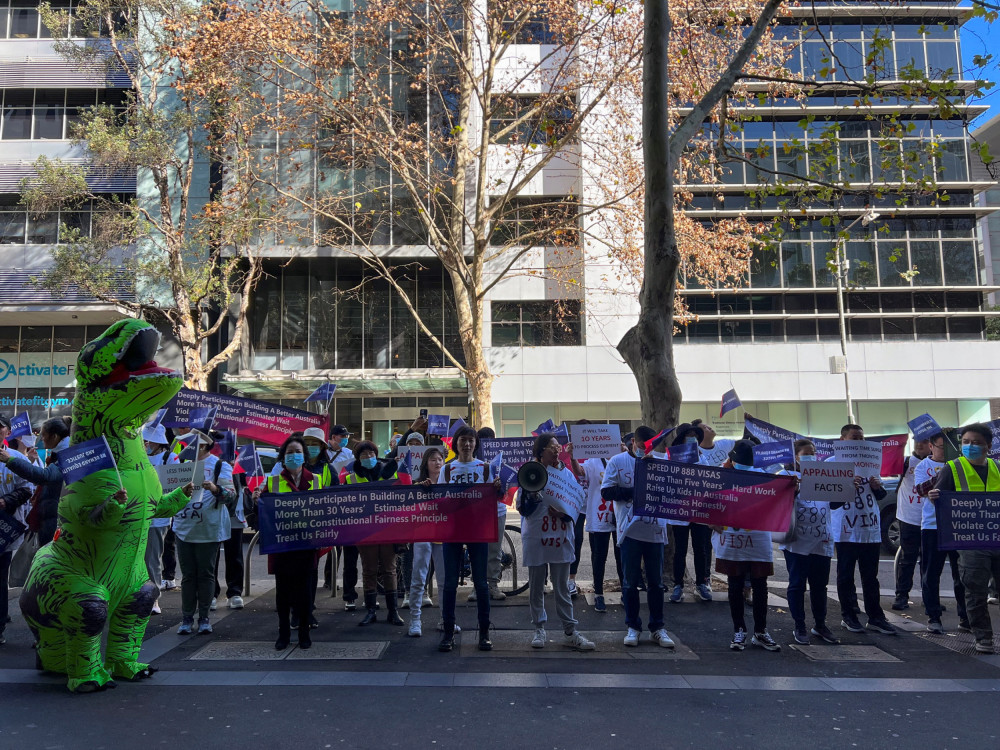


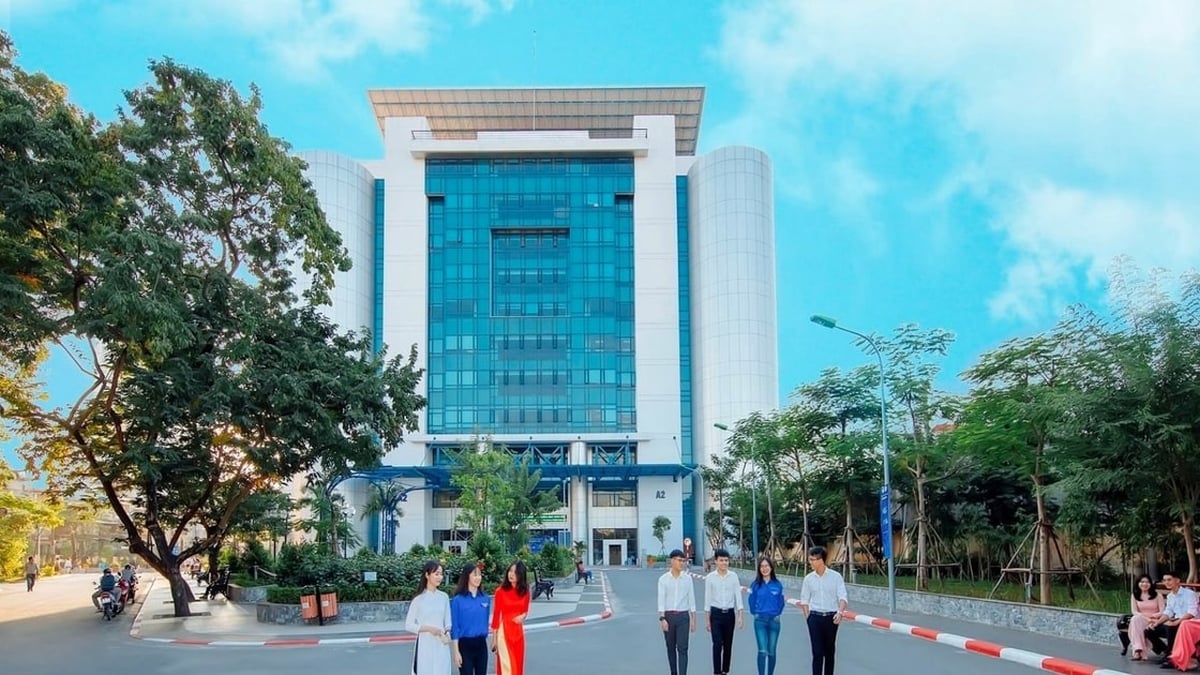
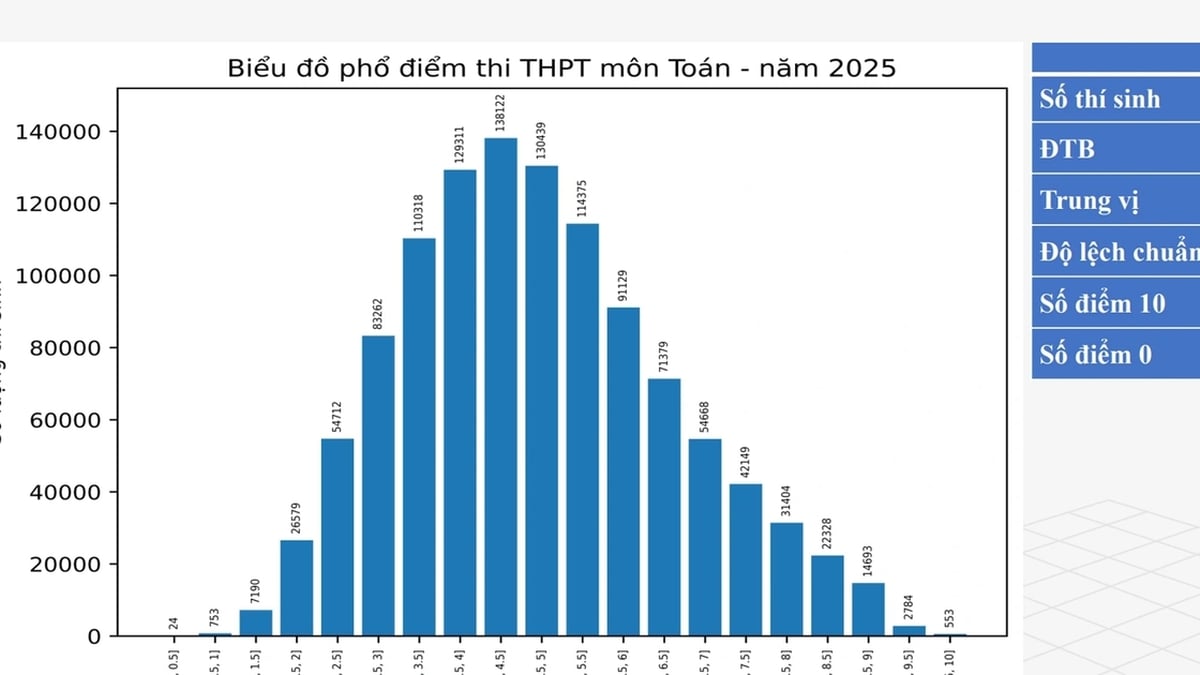

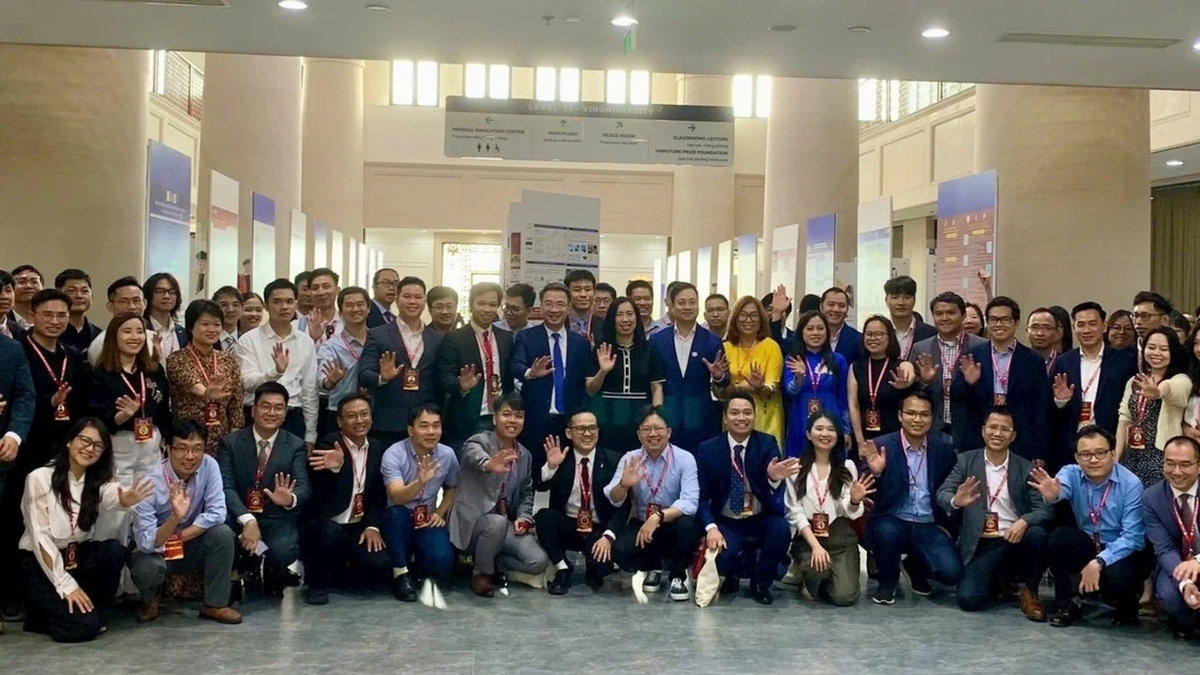



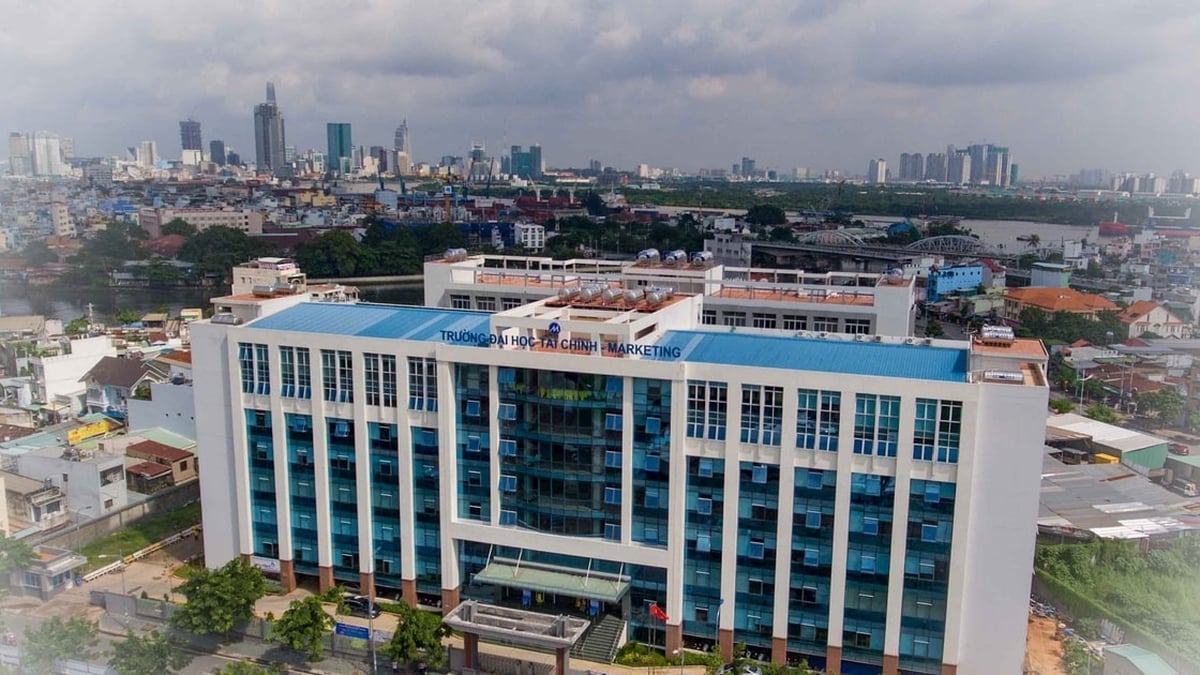
















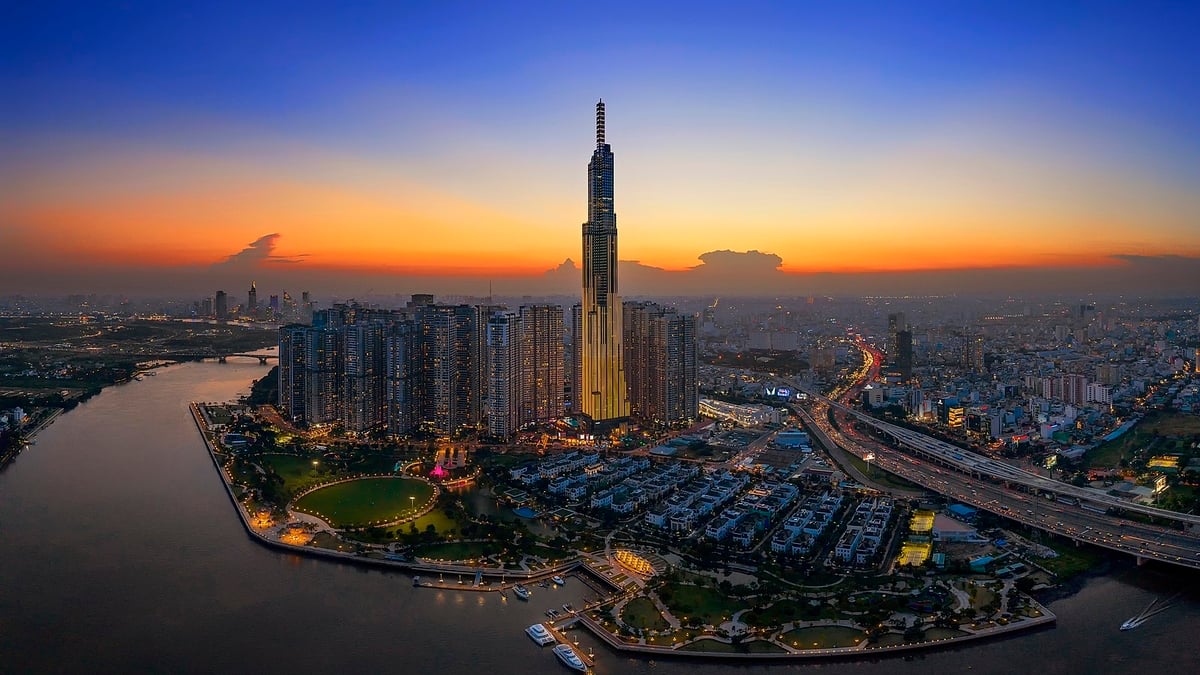





















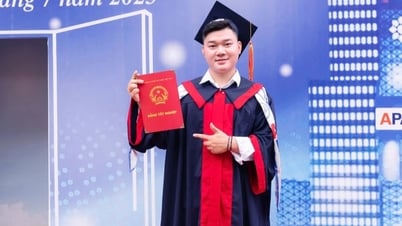











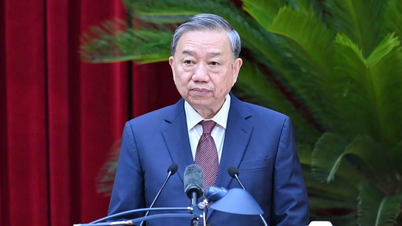
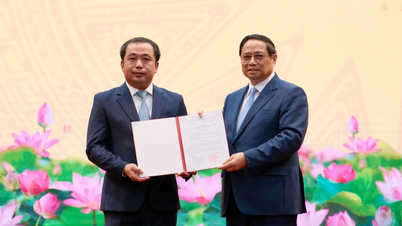





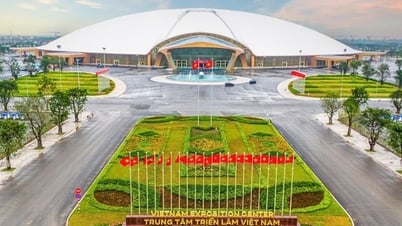



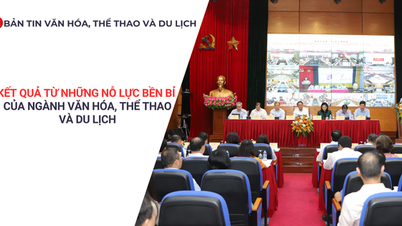
























Comment (0)